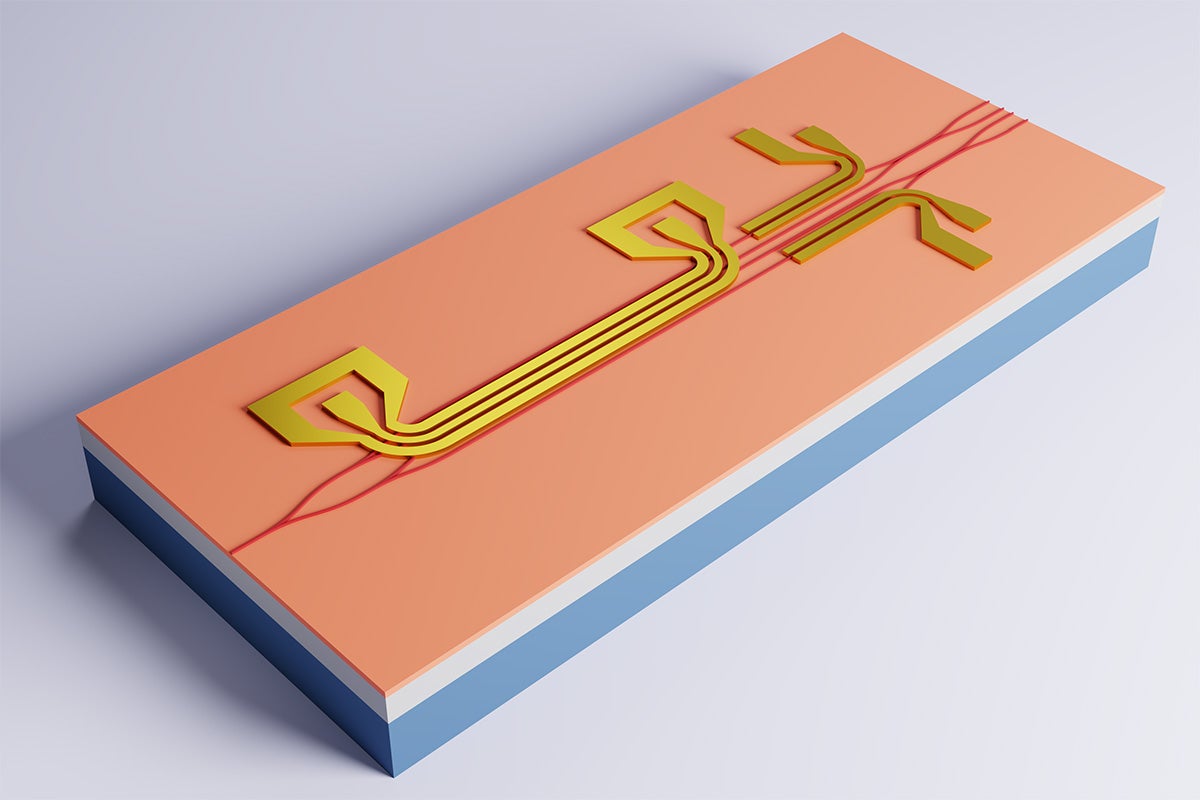The novel class of optical modulators can make data transfer over optical fiber communication faster and more efficient.
Whether you’re battling foes in a virtual arena or collaborating with colleagues across the globe, lag-induced disruptions can be a major hindrance to seamless communication and immersive experiences.
That’s why researchers with UCF’s College of Optics and Photonics (CREOL) and the University of California, Los Angeles, have developed new technology to make data transfer over optical fiber communication faster and more efficient.
https://www.nature.com/articles/s41467-023-41772-y
Bandwidth and noise are fundamental considerations in all communication and signal processing systems. The group-velocity dispersion of optical fibers creates nulls in their frequency response, limiting the bandwidth and hence the temporal response of communication and signal processing systems. Intensity noise is often the dominant optical noise source for semiconductor lasers in data communication. In this paper, we propose and demonstrate a class of electrooptic modulators that is capable of mitigating both of these problems. The modulator, fabricated in thin-film lithium niobate, simultaneously achieves phase diversity and differential operations. The former compensates for the fiber’s dispersion penalty, while the latter overcomes intensity noise and other common mode fluctuations. Applications of the so-called four-phase electrooptic modulator in time-stretch data acquisition and in optical communication are demonstrated.
It’s a really good paper. Super interesting. The article title talking about game and video conferencing lag for signals going over fiber optics is a real stretch. Real PhD comics material
At the moment, yep, completely agree.
In the future, maybe not so much. Think cloud gaming. Think VR. Think 4k per eye atm, scaled up as tech improvements scale up to much higher resolutions than we currently have. Maybe multiple people streaming VR games at the same time in the same household.
Now put all of that together.
Bandwidth isn’t an issue right now, but this could potentially be a pretty sweet improvement as we move forward.
Video conferencing however… Not sure how that would benefit from this.
Does it really matter? I mean you can’t be faster than light, wich is around 300km/ms which we pretty much are. I see this more as a bandwidth type of improvement. In theory we could do 65ms around half the globe with a diffct fiber connection and about 900 trillion watts of energy but thats not really the use case I think.
A better improvement would be WiFi and 5g stability and latency. I loose more latency over WiFi than over my entire connection to any server I need.
Speed of light in glass is 33% slower than in free space.
Regardless, in most scenarios that people notice latency it’s from sitting in router buffers, slow CPUs, bad software, and slow last mile. All of those things are fixable, so tricks to lower the fundamental latency floor, like laser beams in space, is pretty neat.
I think the majority of people here do not live in Florida.




